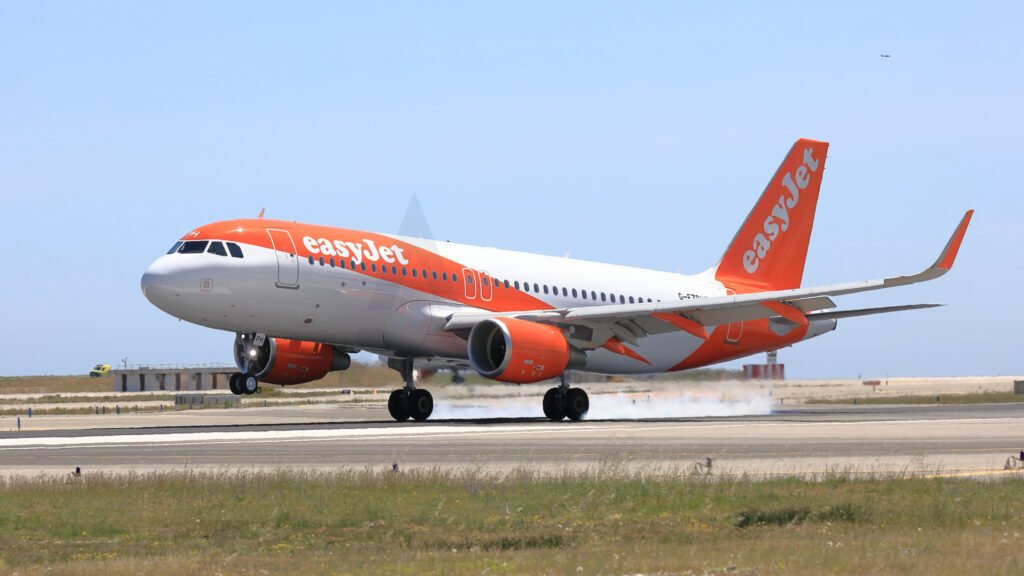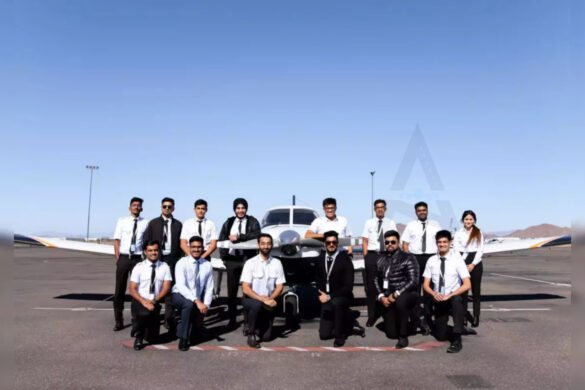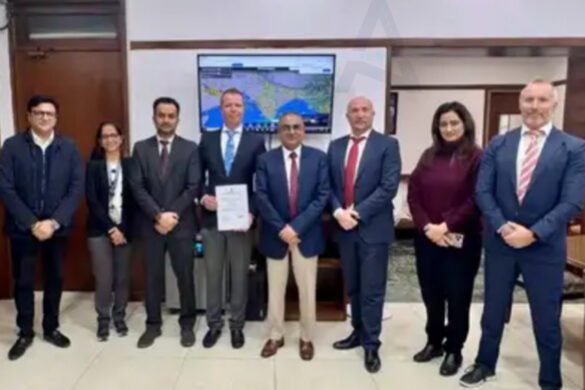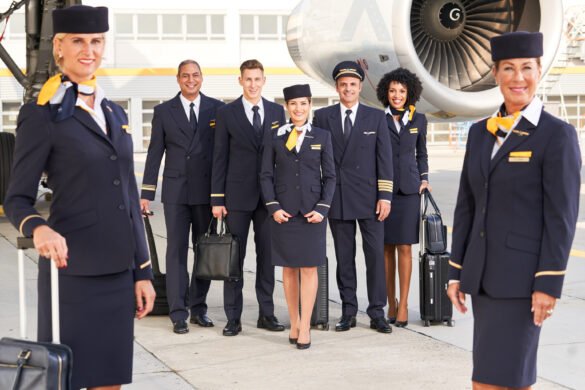easyJet is significantly expanding its pilot training capabilities at both CAE London Gatwick and CAE Milan as part of its ongoing expansion and growth strategy. The airline, which has been steadily increasing its fleet and route network, aims to meet the rising demand for air travel by bolstering its training infrastructure to support the recruitment of new pilots.
The expanded training facilities will provide a more efficient and scalable solution for easyJet’s pilot training needs, allowing the airline to accelerate its plans for fleet expansion and ensure its pilots are equipped with the latest skills and qualifications. The airline’s focus on training and development will not only support its current growth but also help it maintain its high safety standards as it operates an increasingly complex and diverse network of flights.
The new training infrastructure at CAE London Gatwick and CAE Milan will incorporate state-of-the-art simulators and training technology, enabling easyJet to offer a more comprehensive and effective training experience for both new recruits and existing pilots. The state-of-the-art simulators will provide realistic, real-time scenarios that mimic a range of potential in-flight conditions, ensuring that pilots are prepared to handle any situation that may arise during their careers.
As part of its growth strategy, easyJet is also focused on enhancing the sustainability of its operations, and this expanded training capacity will play a key role in supporting its efforts. By training pilots more efficiently, the airline aims to reduce operational costs while continuing to offer high-quality service to passengers. Furthermore, easyJet’s growth is aligned with the overall recovery of the aviation industry, as travel demand surges following the pandemic.
The investment in pilot training at CAE London Gatwick and CAE Milan is a crucial step for easyJet as it looks to strengthen its workforce and meet the increasing demands of the air travel industry. The airline’s strategic focus on expanding its training infrastructure will ensure it has a steady pipeline of well-trained pilots, enabling it to maintain its competitive edge in the European aviation market.



